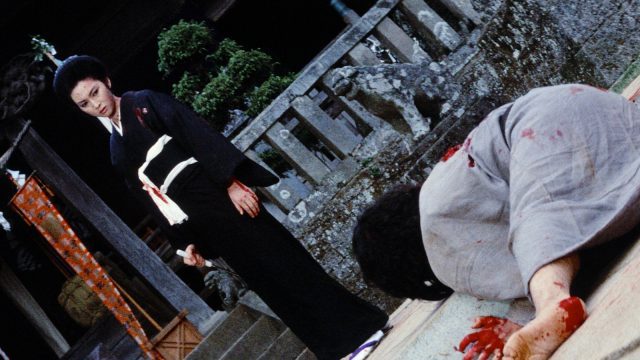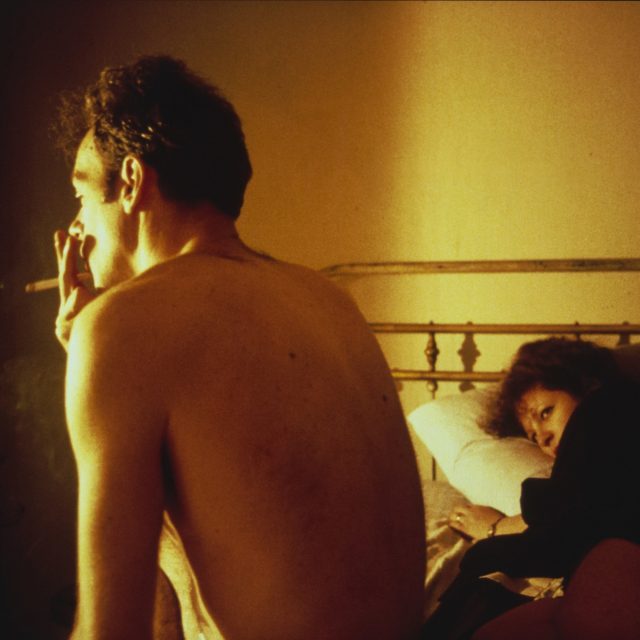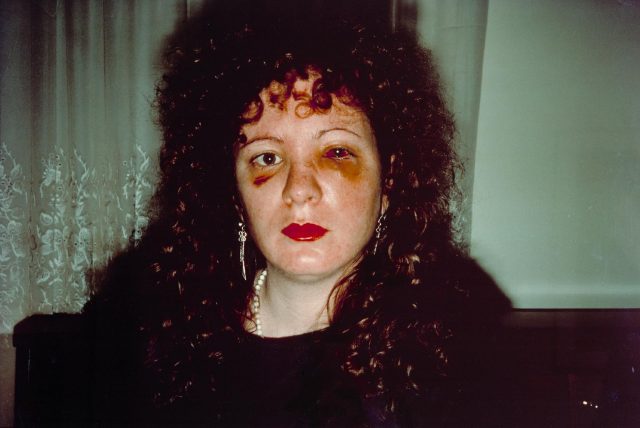
Céline (Céline Fuhrer), Thomas (Thomas Scimeca), and Maxence (Maxence Tual) take a bath together in riotously silly anarchic French farce
CINÉSALON: APNÉE (Jean-Christophe Meurisse, 2016)
French Institute Alliance Française, Florence Gould Hall
55 East 59th St. between Madison & Park Aves.
Tuesday, February 14, $13, 4:00 & 7:30
Series continues Tuesdays through February 21
212-355-6100
fiaf.org
 FIAF’s “Comedy on Film: What Makes the French Laugh?” series continues on Valentine’s Day with Jean-Christophe Meurisses’s Apnée, a riotous, ludicrous, hysterical, and often cringeworthy absurdist fable about an anarchic trio of friends/lovers who flit about France doing anything they want, unaware of the consequences of their actions. Céline (Céline Fuhrer), Thomas (Thomas Scimeca), and Maxence (Maxence Tual) are all id, no ego and superego, as they live in their own reality, separate from the rest of what is considered conventional society. Wearing wedding dresses, they try to get married; seeking to relax, they take a bath together in a storefront window; in search of a family, they storm in on an older, empty nest couple. Indeed, they are like three children who don’t know any better, who haven’t reached basic levels of adulthood, but at their core, they just want to be happy, and what’s wrong with that? Writer-director Meurisses’s feature debut, which was nominated for Best First Film at the Cannes Film Festival (the Golden Camera) and the Lumière Awards as well as the Queer Palm, is extremely silly, essentially a series of crazy vignettes, some that work a whole lot better than others, with lovely cinematography by Javier Ruiz Gomez, from Céline, Thomas, and Maxence (well, body doubles, anyway) ice skating naked while wearing Mexican wrestler masks to the three of them dressed in white in a rowboat on a beautiful lake. Apnée — the title refers to both sleep apnea as well as the French phrase “la plongée en apnée,” or “free-diving” — is screening February 14 at 4:00 and 7:30 in Florence Gould Hall, with the later show introduced by actor Edward Akrout; both screenings will be followed by a party and prize drawing. “Comedy on Film: What Makes the French Laugh?” concludes February 21 with Quentin Dupieux’s Reality, with writer and photographer Calypso introducing the 7:30 show.
FIAF’s “Comedy on Film: What Makes the French Laugh?” series continues on Valentine’s Day with Jean-Christophe Meurisses’s Apnée, a riotous, ludicrous, hysterical, and often cringeworthy absurdist fable about an anarchic trio of friends/lovers who flit about France doing anything they want, unaware of the consequences of their actions. Céline (Céline Fuhrer), Thomas (Thomas Scimeca), and Maxence (Maxence Tual) are all id, no ego and superego, as they live in their own reality, separate from the rest of what is considered conventional society. Wearing wedding dresses, they try to get married; seeking to relax, they take a bath together in a storefront window; in search of a family, they storm in on an older, empty nest couple. Indeed, they are like three children who don’t know any better, who haven’t reached basic levels of adulthood, but at their core, they just want to be happy, and what’s wrong with that? Writer-director Meurisses’s feature debut, which was nominated for Best First Film at the Cannes Film Festival (the Golden Camera) and the Lumière Awards as well as the Queer Palm, is extremely silly, essentially a series of crazy vignettes, some that work a whole lot better than others, with lovely cinematography by Javier Ruiz Gomez, from Céline, Thomas, and Maxence (well, body doubles, anyway) ice skating naked while wearing Mexican wrestler masks to the three of them dressed in white in a rowboat on a beautiful lake. Apnée — the title refers to both sleep apnea as well as the French phrase “la plongée en apnée,” or “free-diving” — is screening February 14 at 4:00 and 7:30 in Florence Gould Hall, with the later show introduced by actor Edward Akrout; both screenings will be followed by a party and prize drawing. “Comedy on Film: What Makes the French Laugh?” concludes February 21 with Quentin Dupieux’s Reality, with writer and photographer Calypso introducing the 7:30 show.
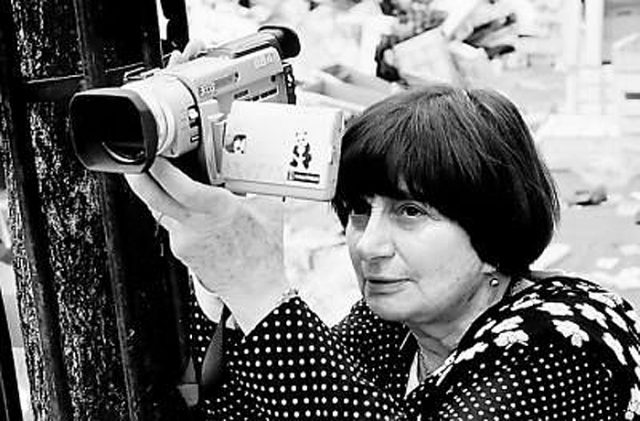
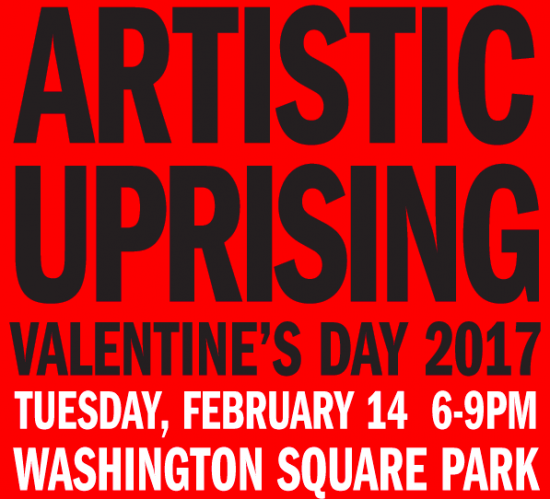
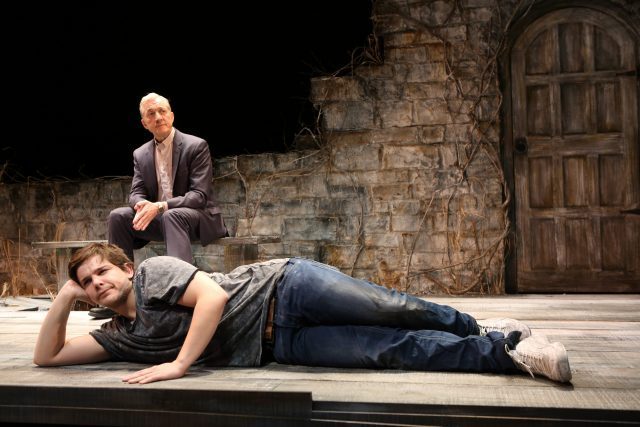
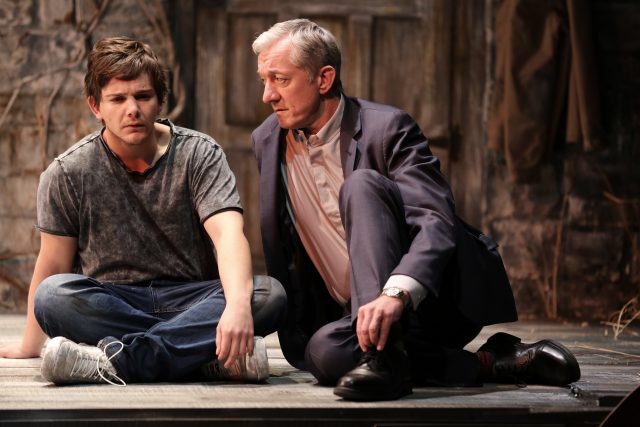
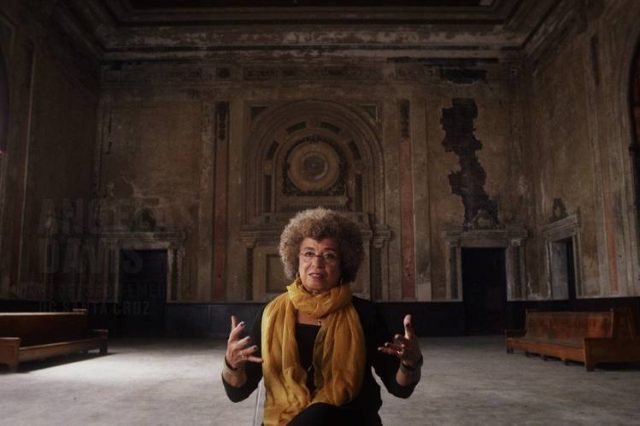
 Nominated for an Oscar for Best Documentary, Ava DuVernay’s devastating 13th is back for an encore engagement at IFC Center. DuVernay’s follow-up to the Oscar-nominated Selma, her feature debut about the 1965 voting rights march from Selma to Montgomery, examines the history of institutional racism from slavery to today, focusing on the phrase of the 13th Amendment that says, “except as a punishment for crime.” Using archival footage, animation, music, and new interviews, DuVernay traces the criminalization of African Americans beginning with the passage of the amendment in 1865. “There’s really no understanding of our American political culture without race at the center of it,” Harvard professor Khalil G. Muhammad says. The film explores the 150-year demonization of blacks as the government built a fear-based narrative that led to the frightening imbalance in the incarceration of African Americans that has escalated dramatically since the 1970s. Among the issues that are covered are mandatory minimum sentencing, the wealth gap, the crack epidemic, the Southern Strategy, the Three Strikes law, the KKK, the Central Park Five, the 1994 crime bill, white privilege, Nancy Reagan’s Just Say No program, Willie Horton, prison labor, the Civil Rights Act, and the ongoing cultural depiction of blacks as wild animals that need to be caged. DuVernay has assembled a wide-ranging collection of experts who share their views, including Harvard professor Henry Louis Gates Jr., Maryland state senator and ALEC member Michael Hough, educator and author Michelle Alexander, UConn professor Jelani Cobb, UC Santa Cruz professor emerita Angela Davis, former American Conservative Union chairman David Keene, Grandview University professor Kevin Gannon, Dream Corps founder and president Van Jones, American Conservative Union board member Grover Norquist, and formerly incarcerated activists Shaka Senghor, Pat Nolan, Cory Greene, and Craig DeRoche in addition to such politicians as David Dinkins, Charles B. Rangel, Cory Booker, and former Speaker of the House and presidential candidate Newt Gingrich. “The objective reality is that virtually no one who is white understands the challenge of being black in America,” Gingrich explains.
Nominated for an Oscar for Best Documentary, Ava DuVernay’s devastating 13th is back for an encore engagement at IFC Center. DuVernay’s follow-up to the Oscar-nominated Selma, her feature debut about the 1965 voting rights march from Selma to Montgomery, examines the history of institutional racism from slavery to today, focusing on the phrase of the 13th Amendment that says, “except as a punishment for crime.” Using archival footage, animation, music, and new interviews, DuVernay traces the criminalization of African Americans beginning with the passage of the amendment in 1865. “There’s really no understanding of our American political culture without race at the center of it,” Harvard professor Khalil G. Muhammad says. The film explores the 150-year demonization of blacks as the government built a fear-based narrative that led to the frightening imbalance in the incarceration of African Americans that has escalated dramatically since the 1970s. Among the issues that are covered are mandatory minimum sentencing, the wealth gap, the crack epidemic, the Southern Strategy, the Three Strikes law, the KKK, the Central Park Five, the 1994 crime bill, white privilege, Nancy Reagan’s Just Say No program, Willie Horton, prison labor, the Civil Rights Act, and the ongoing cultural depiction of blacks as wild animals that need to be caged. DuVernay has assembled a wide-ranging collection of experts who share their views, including Harvard professor Henry Louis Gates Jr., Maryland state senator and ALEC member Michael Hough, educator and author Michelle Alexander, UConn professor Jelani Cobb, UC Santa Cruz professor emerita Angela Davis, former American Conservative Union chairman David Keene, Grandview University professor Kevin Gannon, Dream Corps founder and president Van Jones, American Conservative Union board member Grover Norquist, and formerly incarcerated activists Shaka Senghor, Pat Nolan, Cory Greene, and Craig DeRoche in addition to such politicians as David Dinkins, Charles B. Rangel, Cory Booker, and former Speaker of the House and presidential candidate Newt Gingrich. “The objective reality is that virtually no one who is white understands the challenge of being black in America,” Gingrich explains.